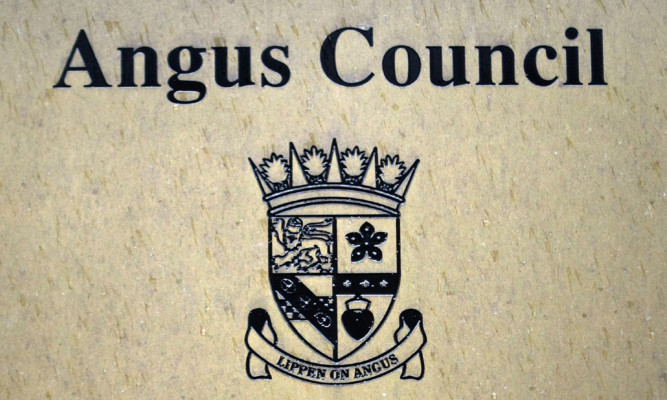The final quarter of 2015 saw a near 9% jump in the percentage of working days lost by Angus Council staff.
Between October 1 and December 31 a total of 11,568 days of absence were recorded a figure which cost the authority more than £1 million in sick pay.
Although there was a 1.16% reduction in the percentage of working days lost from the corresponding quarter a year ago, the tally was 8.9% up on the previous three months.
Stress-related illness continues to top the sickness table, accounting for more than a quarter of all absences according to the latest set of statistics presented to Angus scrutiny and audit committee members.
Head of HR, IT and organisational development Sharon Faulkner’s report revealed the total percentage of working days lost by local Government employees (LGE) was 5.63%, and by teachers 3.49%, to give a combined total of 5.13%
LGE working days lost for the quarter were 9754, with a figure of 1,814 for teachers, totalling 11,568.
The quarterly data equated to an average of 2.34 days lost in the three months for each employee an LGE figure of 2.59, and 1.53 days for teachers.
The report added: “Although local Government employees’ absence fell by 1.4%, the teachers’ absence rose by 2% compared to the corresponding quarter in 2014-15. Comparing the percentage of working days lost against the previous quarter, July to December, there has been an 8.9% increase in absence across all council employees.
“Action continues to be taken to actively manage the levels of sickness absence in directorates with a view to reducing the percentage of working days lost and associated costs,” the officer added.
The £1,050,369 sick pay cost paid out during the period equated to 3.4% of the council’s total salary costs for the quarter.
Single day absences accounted for just 4% of the total days lost, 14% were sickness periods of two to five days, six to 20 days 20% and absences of more than 20%, 62%.
The incidences of absence breakdown was 34% for one day, 38% two to five days, 14% six to 20 days and 14% for more than 20 days.
The main reasons for absence between October and the end of the year were stress-related (25.7%), stomach (8.7%), lower limb (7.2%), respiratory/circulatory/heart (6.7%), back (5.9%) and colds/flu (4.84%).
